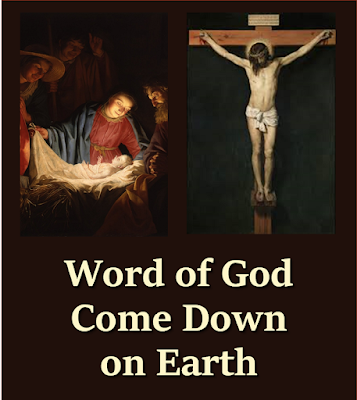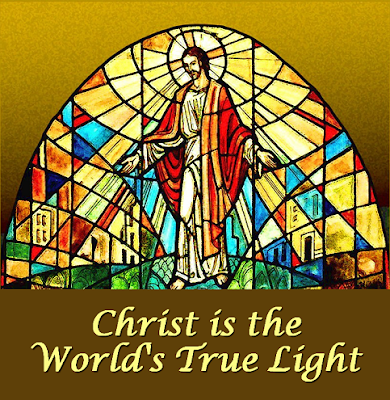This meditative song about peace was written by American Roman Catholic composer and liturgical musician David Haas (b 1957). The words are reportedly based on a Navaho Indian prayer. The song was first published in 1987.
The deceptively simple tune has a 3/4 time signature. In the key of F the first few notes are A F GA.
The text is also simple: each verse invokes something (peace, love, light etc), in all possible directions (before, behind, under our feet, within, over, all around). As such, people have used the song as the basis for body-work, meditation and yoga-style forms of prayer, as shown
here.
About the composer
In 2020, dozens of women accused Haas of serious misconduct. Following investigations he issued a public apology. (More
here - includes disturbing materials). GIA Publications and others stopped publishing his work: Sheet music is not available for his songs, and many videos have been removed. Some American Catholic dioceses have asked members to stop using his work. This was suggested by his victims, who may find singing his compositions traumatic. So far, few church organisations outside the USA have officially spoken about the issue. However individual churches and musicians may want to consider whether to use his material. Alternatives for this song include:
If you have other suggested alternatives, please leave a message in the Comments box near the bottom of the page.






